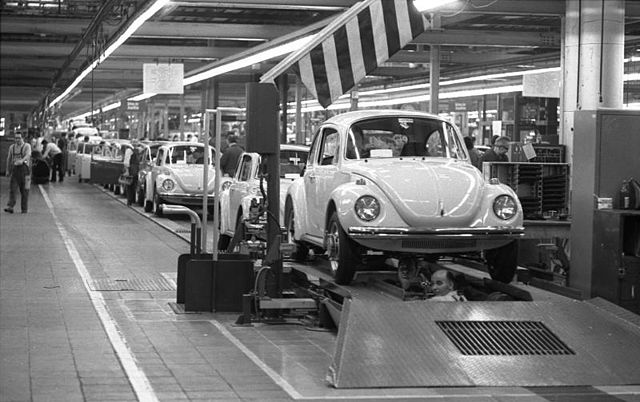Feminism in Germany as a modern movement began during the Wilhelmine period (1888–1918) with individual women and women's rights groups pressuring a range of traditional institutions, from universities to government, to open their doors to women. This movement culminated in women's suffrage in 1919. Later waves of feminist activists pushed to expand women's rights.
Hildegard of Bingen, Medieval religious and medical writer and polymath
Argula von Grumbach, Protestant Reformation movement figure
Sophie Mereau, Age of Enlightenment writer
Die Frau magazine, January 1906, published by the feminist umbrella organization Bund Deutscher Frauenvereine (BDF)
West Germany was the Federal Republic of Germany from its formation on 23 May 1949 until its reunification with East Germany on 3 October 1990. During the Cold War, the western portion of Germany and the associated territory of West Berlin were parts of the Western Bloc. West Germany was formed as a political entity during the Allied occupation of Germany after World War II, established from 12 states formed in the three Allied zones of occupation held by the United States, the United Kingdom, and France. The capital was the city of Bonn, hence the Cold War-era country is sometimes known as the Bonn Republic.
Dutch tanks, pictured in West Germany in 1956 as part of the large British and American-led foreign military presence in the country
Konrad Adenauer was a German statesman who served as the first chancellor of the Federal Republic of Germany.
Rudi Dutschke, student leader
The Volkswagen Beetle – for many years the most successful car in the world – on the assembly line in Wolfsburg factory, 1973








